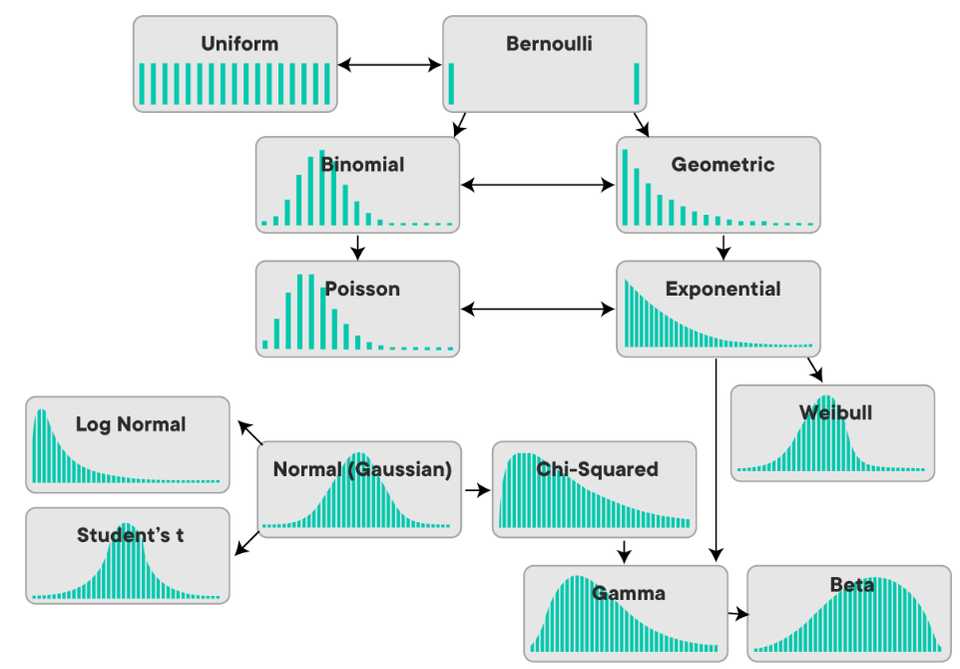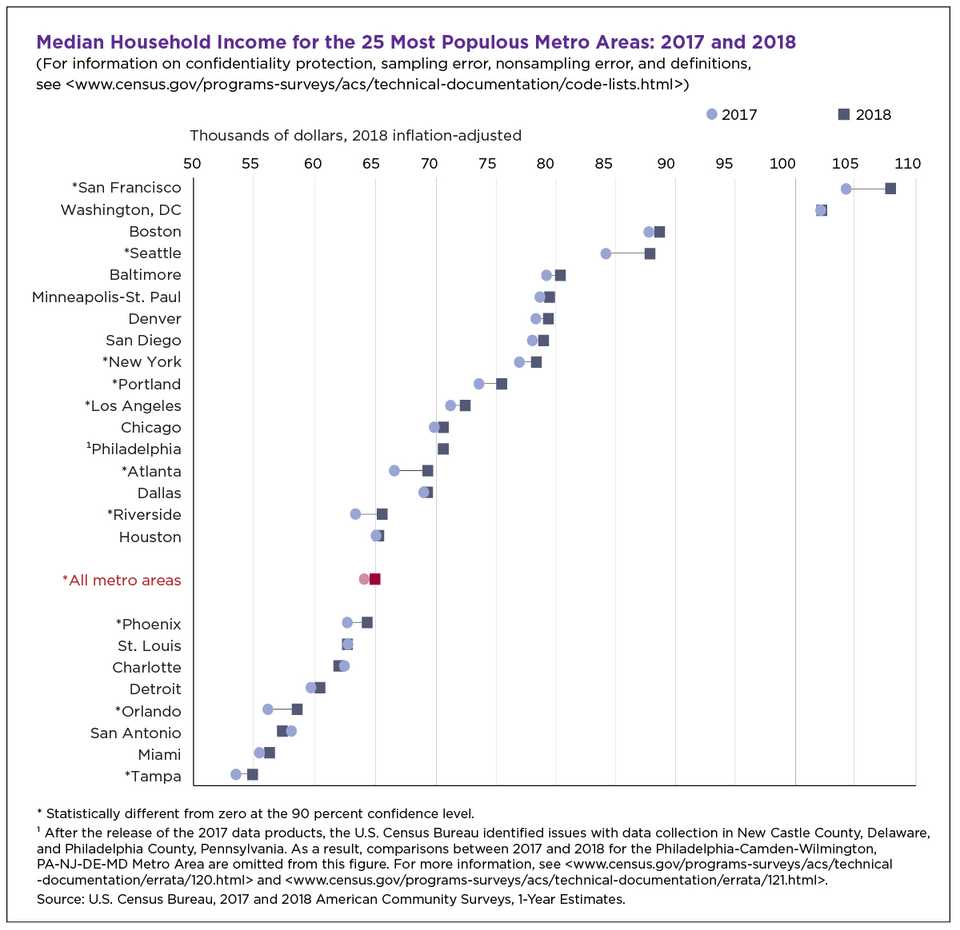Strong Opinions Loosely Held
Here are 11 ideas that I’ve talked about with different people but never had the chance to write down and think through.
1. Bearish: Consumer driven environmental change. Paper plates, metal straws, eco bags, etc., are worse in terms of energy and resource cost and most people don’t seem to have the discipline to reuse them the requisite number of times to outweigh single use alternatives. Not to mention, the marginal benefit provided is insignificant if at all measurable.
2. The ‘average’ is a poor standard for comparison. Most distributions are not normal and comparing things as such has very little practical use. For example, it may be correct to compare height using a normal distribution and the ‘average’ gives you meaningful information. However, in domains where skills or knowledge are required, the ‘average’ is very close to the zeroth percentile. No one cares about the ‘average’ basketball player since less than 1% gets to the NBA and the rest shoot 40% from the FT line.
3. Geographic diversity is poorly utilized. I’m a college student so here is a college related example. I’m sure someone has done a statistical analysis of college major by geography, but why is everyone from the Bay studying CS and why is there no one from Baltimore City studying CS? There seems to be a lack of humanities and social sciences study from New Jersey and an over-representation of STEM related majors. If I’m a university and I want my students to make an impact on the communities that they live in, I’d think geographic diversity matters at least as much as racial or economic.
4. I think we can improve the math sequence typically offered in high school. Advanced coursework typically consists of Calculus I, II, III, and then linear algebra. I would argue classes like discrete math or a probability/statistics class would not only hold more practical value, but also teach more foundational math thinking concepts.
5. Bullish: precision education. Only a third of Americans go to college, yet we are seeing an increasing number of university closures. Part of this has been due to an increased realization that 4 year degrees from mediocre colleges aren’t worth very much. However, we are seeing a rise of experiential education programs focused mainly on entrepreneurship and computer science. While I don’t think online coursework will ever hold the same weight as an Ivy League diploma, it only takes a few creative entrepreneurs to legitimize non-traditional methods of education.
6. Increasingly, Americans dislike the ultra rich. I don’t think this is every going away, but I think one of the root causes of this is a sense of helplessness. Comparing your own circumstances to those of others is a natural tendency, and if I’m earning minimum wage, it’s pretty depressing to think about how many years I would have to work in order to save as much as someone getting lets say $250k a year. Some cope by gambling, but I think a better way to have a more constructive view of people in the 1% is via entrepreneurship. It’s an inherently goal driven exercise that forces you to think about how other people were able to be successful.
7. Median income in the U.S. is $63,000, up from $49,000 in 2010. Remember that Princeton study in 2010 which was widely marketed to say that income increases happiness only up to $70,000 a year? That number is now $105,000 according to a new study in 2018. Many have used these types of studies to devalue the lifestyles of people in high income occupations, or argue that there is no point in chasing high salaried positions. I don’t see the value in these types of statistics. They are far too generalized to be able to address the complexity associated with one’s happiness, and clearly they have a large margin of error if they are to change by 50% in just 8 years.
8. The Millennial Zeitgeist. D’Arcy Coolican from a16z recently gave a talk highlighting the importance of product zeitgeist fit. Here are some ideas from a 20 year old about what the next generation of consumers might define the zeitgeist to be (which i’ll explain why): Environmental focus, minimalism, and individualism. I think that these three all generally go hand in hand as well.
9. Environmental focus: Clearly, younger consumers are concerned about sustainability issues like factory farming, ethical resource sourcing, and climate impact. Consumers derive two benefits from sustainably sourced products: affirmation to a clean lifestyle and status symboling over their peers. Sustainably sourced products are a lifestyle decision, as important to buyers as a nice house in the suburbs with a lawn used to be to previous generations.
10. Minimalistic approaches to lifestyle design entered the Zeitgeist with the meme of Marie Kondo. The current generation favors digitization, and with increasing urbanization, the clutter of physical objects is increasingly a problem. The new consumer is strapped for time and trades bulk purchasing at Costco for online retailing on Amazon. Less valued: value, routine, stockpiling. More valued: purchasing as an experience, high quality (higher cost) goods, and low maintenance products.
11. Individualism is on the rise among younger Americans. Social interaction is increasingly online and increased access to influencers has developed a cultural focus on followers, view count, and personal brand. This gamification of social interaction is exacerbated by other processes including college admissions, that make personal viability a function of social achievements like getting into a good school, wearing the latest fashion, or having the most followers. People are becoming more focused on self improvement, status boosting purchases, and increasing online social influence.
Sports Bonus
1. Bullish: Suns, Heat, Hornets, Celtics, Magic, Grizzlies, Giannis might be the best ever (he’s 24!)
2. Bearish: Not a big Lakers (or Clippers) guy, why is Jeremy Lin not in the NBA, who even are the Timberwolves these days
3. Its interesting how the NFL is very team oriented while the NBA is much more about specific players. People following the NFL are much more likely to follow a certain team rather than certain players, where I would argue its the opposite in the NBA. I think this is partly uniform, partly the size of teams in each sport, and partly cultural. I’m bullish on increased individualism in sports, where players have larger impact and reach than their own teams that they play for.
4. Owning a sports team has become a status symbol, which I actually like. I will patiently wait for the day until Bezos buys the Celtics and we have Bezos vs Cuban proxy battles 3 times a year. I think it would be a great way for 2000s tech founders to cash out.
5. Sports gambling I think is in trouble. Half the fun comes from betting with people you know, there isn’t really a strong moat, and there are still questions about legality. Being a seasonal industry, I also have concerns about churn. Being engaged in sports year round seems like a commitment only sustainable by teenage boys, something that naturally leaves once commitments like college or a career take over your time.
I hope this was an interesting read!
Dennis Gong

